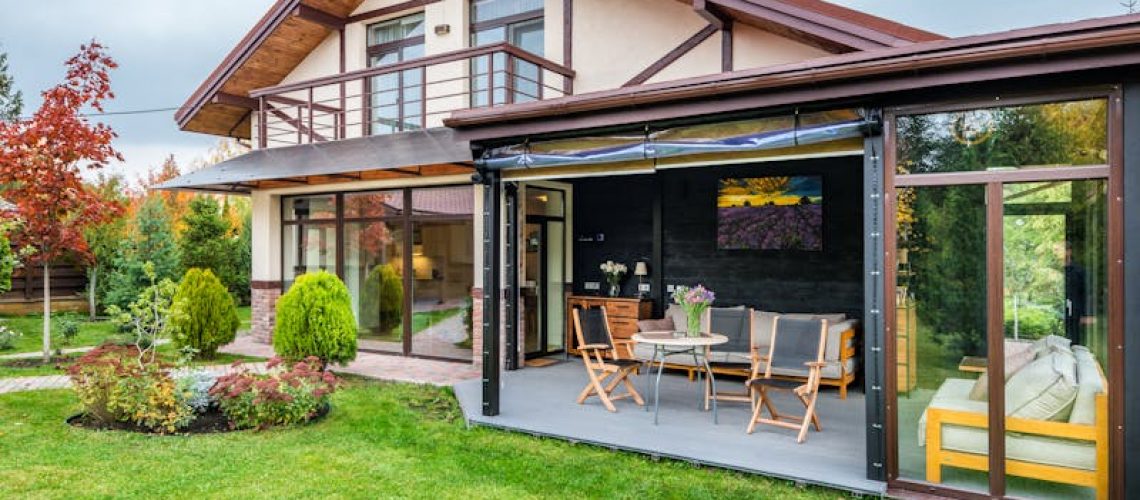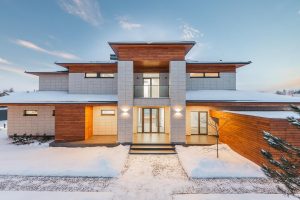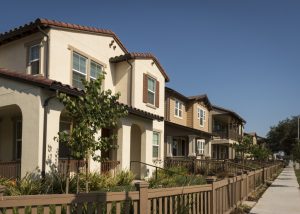- Small home additions provide families with extra living space without the cost and disruption of a full renovation.
- Practical options include garage conversions, sunrooms, bump-outs, finished attics, and basement expansions.
- The right addition depends on budget, lifestyle needs, available space, and long-term plans.
- Building an addition to your home not only improves daily comfort but can also increase property value.
- Seamless design and quality materials ensure additions blend naturally with the existing home.
As families grow, homes often begin to feel smaller than they once did. Whether it’s a new baby on the way, teenagers needing more privacy, or grandparents moving in, many households find themselves searching for ways to create additional living space. The challenge, however, is finding practical solutions that don’t require moving or taking on massive construction projects.
Home additions can be the perfect answer, giving families extra room without drastically changing the footprint of the house. With smart planning, creative designs, and functional layouts, you can transform underused areas into valuable living spaces that fit your family’s evolving needs.
Why Consider a Small Home Addition?
Before diving into specific ideas, it’s important to understand why small additions are often the best solution for families. A full-scale renovation or relocation can be costly and disruptive, but small, targeted additions provide flexibility and functionality. Families can choose projects based on their needs, budget, and available space, while still boosting property value.
Small home additions also let you personalize your living space. Instead of settling for a home that doesn’t quite fit, you can create custom spaces designed specifically for how your family lives day-to-day. Whether it’s extra storage, a quiet office, or a playroom for kids, a small addition can dramatically improve comfort and convenience without overwhelming your budget or schedule.
Practical Small Home Addition Ideas for Families
When you need more space, it’s easy to feel limited by the size of your home. But the truth is, there are plenty of ways to expand that don’t require major structural changes. Below are some of the most practical ideas families can explore to maximize their space:
1. Convert an Attached Garage
If you rarely use your garage for vehicles, it can be turned into a functional living area. Garages already have walls, a roof, and a foundation, making them one of the easiest places to add usable square footage. Families often convert garages into playrooms, guest suites, or even secondary living rooms. With proper insulation and finishing, a garage can feel just like the rest of the home.
2. Add a Sunroom or Enclosed Porch
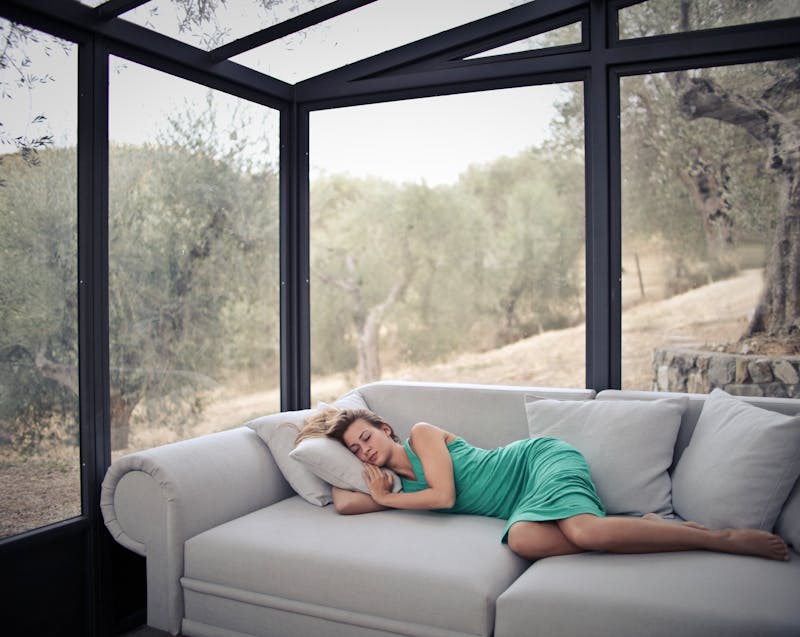
Sunrooms and enclosed porches are versatile spaces that bring in natural light while offering extra square footage. They can serve as family gathering areas, hobby rooms, or play spaces. These additions are typically less expensive than full-scale rooms, making them a budget-friendly way to expand your home’s functionality.
3. Build a Bump-Out Addition
A bump-out is a small extension of a specific room, often the kitchen, dining room, or bedroom. While it may only add a few feet, that extra space can make a significant difference. For example, a kitchen bump-out might allow room for a breakfast nook, additional counter space, or a larger pantry. This option is ideal for families who need just a little more elbow room in high-traffic areas.
4. Create a Loft or Finished Attic
If your home has an attic, you’re sitting on unused potential. A finished attic can serve as an extra bedroom, office, or playroom. Similarly, adding a loft above a living room with high ceilings can create a cozy new retreat. These vertical solutions maximize space without expanding your home’s footprint.
5. Expand the Basement
Unfinished basements can be transformed into functional spaces for the whole family. Whether you need a game room, workout area, or guest suite, basements are ideal because they’re already part of your home’s structure. Proper waterproofing and finishing are key to making this addition comfortable and durable.
How to Decide Which Addition Is Right for Your Family
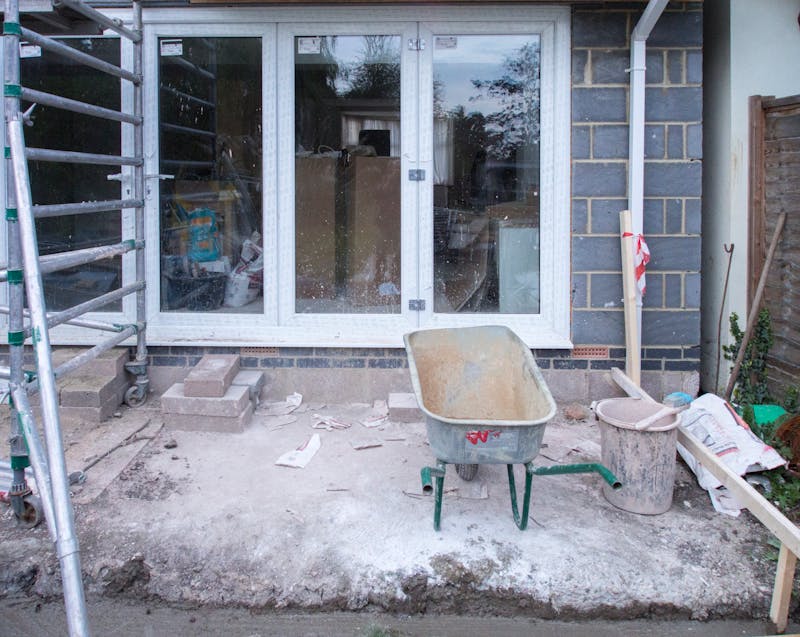
Choosing the right type of addition depends on several factors:
- Budget: Some projects, like bump-outs, are less expensive than finishing basements or adding sunrooms.
- Lifestyle Needs: Families with young children may prioritize playrooms, while others may need quiet offices or guest rooms.
- Space Availability: Your property layout, zoning laws, and lot size will influence what’s possible.
- Long-Term Plans: Consider how long you plan to stay in the home and whether the addition will add resale value.
By weighing these factors, you can select the most practical project that delivers immediate benefits and long-term rewards. Remember, building an addition to your home is not just about more space; it’s about creating a living environment that truly supports your family’s lifestyle.
Small Home Addition Ideas That Add Value
Small home additions don’t just improve daily life—they also enhance your property’s value. Buyers often appreciate the versatility of extra rooms, especially if they can function as bedrooms, offices, or family spaces. Even modest additions, like a finished attic or garage conversion, can set your home apart in a competitive market.
To maximize return on investment:
- Choose timeless, functional designs.
- Ensure additions blend seamlessly with your existing home.
- Prioritize quality finishes and durable materials.
- Consult with local contractors to align with building codes and neighborhood expectations.
Final Thoughts
For families who need extra room, practical small home additions are a smart and affordable way to adapt to changing needs. Whether it’s transforming a garage, adding a sunroom, finishing an attic, or creating a bump-out, these projects provide comfort, functionality, and added value. By carefully evaluating your goals and budget, you can create a home that grows with your family—without the stress of moving or undertaking massive construction.

